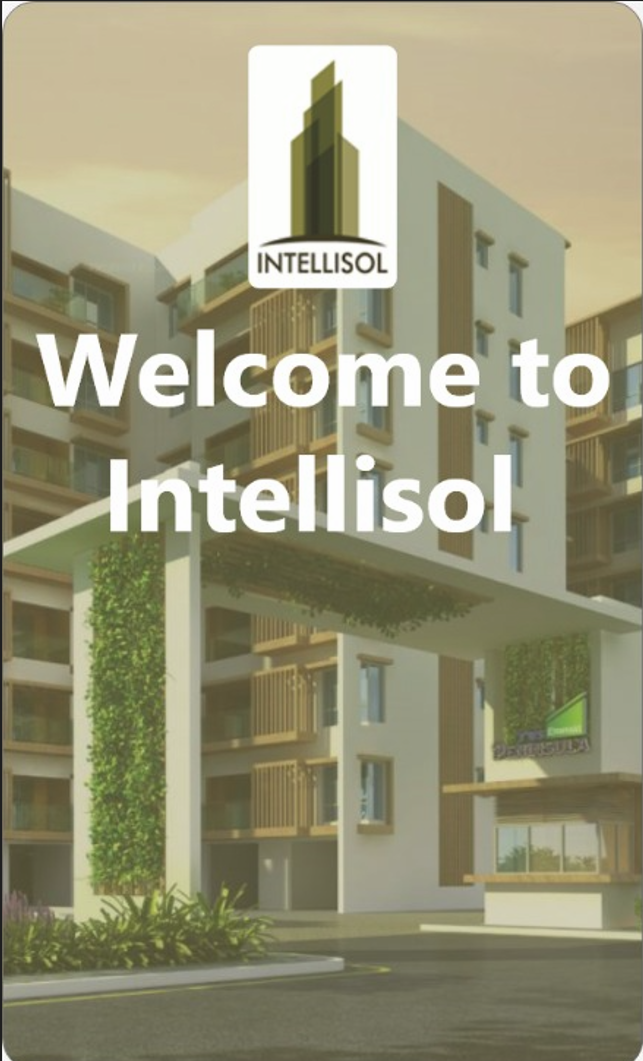Our Blog
Innovations in Facility Management: Harnessing Technology for Better Operations
Introduction
Facility management has come a long way since its initial days, it was just considered a minor aspect of organisations, but now, it is an integral part of almost all organisations around the globe.
Organisations today do not have the time to stop production for reactive repairs; that’s where facility management comes in, ensures the smooth functioning of various organisations operating on a large scale. Without the aid of technology, it would be impossible to effectively manage these facilities.
Let’s look at some of the technological innovations that are transforming facility management.
In this guide, let’s take a closer look at how facility management services work.
How is technology transforming facilities management?
The innovations in facility management
Integrated software platforms are one of the most important tools for transforming facility management. It is expected that the facility management software industry will reach a valuation of $1922.12 billion by the end of 2030. These softwares bring together many functions like planning, maintenance, and subcontractor management in one system, enabling seamless communication across departments and fostering a culture of data-driven decision-making. Machine learning and AI
AI and machine learning can be used to perform repetitive and tedious tasks like analysing huge data sets and making reports. This allows facility managers to focus on more important tasks, like making strategic decisions, etc.
Machine learning can analyse big data sets and find patterns or trends that provide insightful data, enabling managers to make informed decisions.
IOT in facility management
IOT is the collection and exchange of data between physical devices connected via the Internet.
These devices allow facility managers to collect data in real time and in larger facilities, which allows them to promptly respond if any action is required.
IOTs allow monitoring parameters like temperature, humidity, efficiency, and energy consumption in real time, increasing efficiency and reducing costs.
Energy management and sustainability
Energy management and sustainability are increasingly becoming important concerns for facility managers for both environmental considerations and to increase cost efficiency.
With energy management software, facility managers can monitor energy usage meticulously, pinpoint inefficiencies, and implement energy-saving measures.
The worldwide market for energy management systems (EMS) reached USD 40.77 billion in 2022 and is projected to grow at a CAGR of 13.3% from 2023 to 2030.
Mobile solutions
The advancements in mobile technologies have transformed the interactions between facility managers and their field workforce. Gone are the days of reliance on phone calls for communication; mobile applications now facilitate instant access to critical information, task creation and tracking, inspections, and stakeholder communication, anytime and anywhere.
This real-time access empowers facility managers, improving responsiveness, streamlining workflows, and boosting overall operational efficiency.
Asset Management and Maintenance
One of the most important tasks of facility management is efficiently managing and maintaining assets. Because of advancements in technology, organisations can now make use of computerised maintenance management systems (CMMS) or computer-aided facility management (CAFM) software. These platforms enable real-time tracking and monitoring of assets, allowing facility managers to plan proactive maintenance, reduce downtime, and extend the lifespan of equipment.
Facility managers can also remotely monitor conditions such as temperature, humidity, and energy consumption, enabling preventive maintenance and optimising resource allocation with the help of Internet of Things (IoT) devices.
Space utilisation and optimization
Facility managers can use advanced tools to analyse space usage and make informed decisions. With space management software on their side, organisations can track occupancy rates, analyse traffic patterns, and identify underutilised areas.
This data helps in optimising layouts, reconfiguring spaces, and implementing hot-desking or flexible workspace solutions.
Energy Management and Sustainability
Technology plays an undeniable role in improving energy efficiency and making facilities more sustainable. Smart building systems integrate sensors, metres, and controls to monitor energy usage, optimise heating, ventilation, and air conditioning (HVAC) systems, and automate lighting controls.
These systems can analyse data to identify energy-saving opportunities and provide actionable insights to reduce waste. Furthermore, the implementation of renewable energy sources, such as solar panels or wind turbines, can be integrated into facility management systems, promoting sustainable practices and reducing operating costs.
Integrated Facility Management Systems
Integrated facility management systems combine multiple roles into a single digital platform, enabling seamless coordination and communication between different departments.
Tasks like work order management, inventory control, vendor management, visitor management, and safety compliance can be easily monitored with the help of integrated facility management systems.
Enhanced safety and security
Providing a safe and secure environment is one of the top priorities for facility managers, and technology provides innovative solutions to address these concerns effectively.
Surveillance cameras, access control systems, and intrusion detection sensors can be integrated into a centralised security management system. This allows for real-time monitoring, remote access control, and immediate response to security incidents. Additionally, emergency communication systems, such as mass notification platforms, can rapidly disseminate critical information to occupants during crisis situations, ensuring their safety.
Conclusion
Technology has completely transformed facility management over the years. IT has not only increased efficiency but has reduced overall cost . Although this digitalization may make things more efficient, it still requires training in the initial stages. Once this initial setback is overcome, with technology on their side facility managers will be prepared to manage anything that comes in their way.

